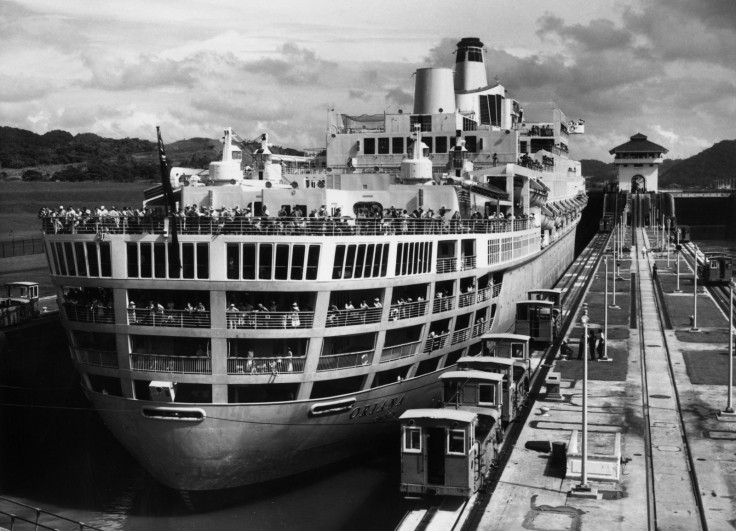Panama Canal 100th Anniversary: History and Facts About One of the Seven Wonders of the Modern World

The Panama Canal, the 48-mile shortcut between the Atlantic and the Pacific, is celebrating its 100<sup>th birthday.
One of the "Seven Wonders of the Modern World", the establishment of the international waterway has become a facilitator of international trade by making distances shorter, reducing costs and navigational times to get goods to the market faster.
The recently-announced expansion will include three new developments: a doubling of the Panama's capacity, a rival Atlantic-Pacific canal across Nicaragua, and a new Suez canal turning much of the original into a two-lane affair.

What is the history of the Panama Canal?
The history of the waterway goes far back, almost to the earlier explorers of the Americas, as the narrow land bridge between North and South America offered a unique opportunity to create a passage between the Atlantic and the Pacific Oceans. Technological advances in the late nineteenth century allowed construction to begin in earnest.
From 1819, Panama was part of the federation and country of Colombia but when Colombia rejected US plans to build a canal across the Isthmus of Panama, the US supported a revolution that led to the independence of Panama in 1903.
The newly-formed Panamanian government authorised French businessman Philippe Bunau-Varilla to negotiate a treaty with the US. The Hay-Bunau-Varilla Treaty allowed the US to build the Panama Canal, which was completed in 1914.
In 1994, the American Society of Civil Engineers named the Panama Canal as one of the Seven Wonders of the Modern World, paying tribute to the "great civil engineering achievements of the 20<sup>th century".

Facts about the waterway
The canal is not just a "path" of water bewteen the two oceans. There are a series of 6 locks in two parallel tracks that raise and lower ships between the Caribbean Sea and Pacific Ocean.
In 2008, a Disney cruise ship paid the highest toll to date, $330,000, which is around £197,000.
The fastest transit was completed in 2 hours and 41 minutes by the US Navy's Hydrofoil Pegasus in 1979.
The most transits on a single day was on 29 February 1968, when 65 ships crossed the isthmus.
Ships travelling between New York and San Francisco save 7,872 miles by using the Panama Canal instead of going around Cape Horn.
The Canal transports 4% of world trade and 16% of total US-borne trade.
In 1963, fluorescent lighting was installed, allowing the canal to begin 24-hour operations.
Nearly 20,000 French and 6,000 American workers died during construction of the canal.
More than 60 million pounds of dynamite was used to excavate and construct it.
After the US, the canal is used most by China, Japan, Chile and North Korea.
Around 40 ships cross the Panama Canal every day, amounting to between 12,000 and 15,000 a year.
Annual traffic in 1914, when the canal opened, was around 1,000 ships.
© Copyright IBTimes 2025. All rights reserved.






















